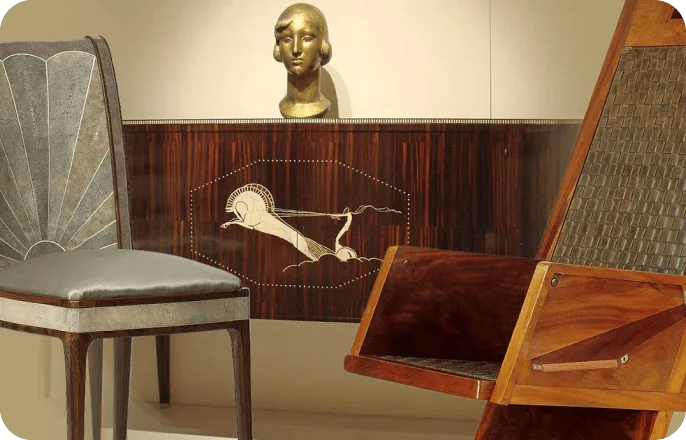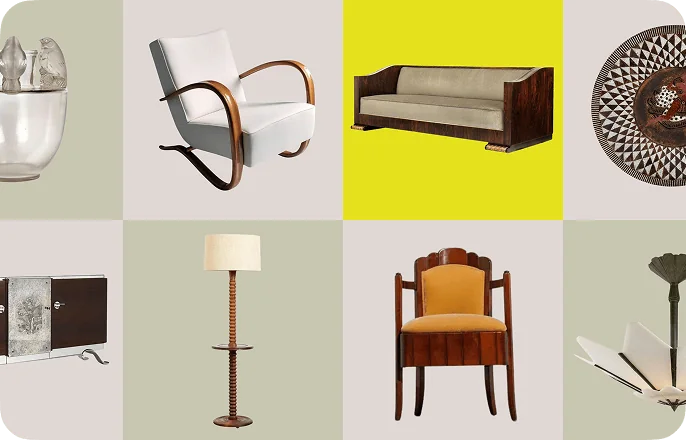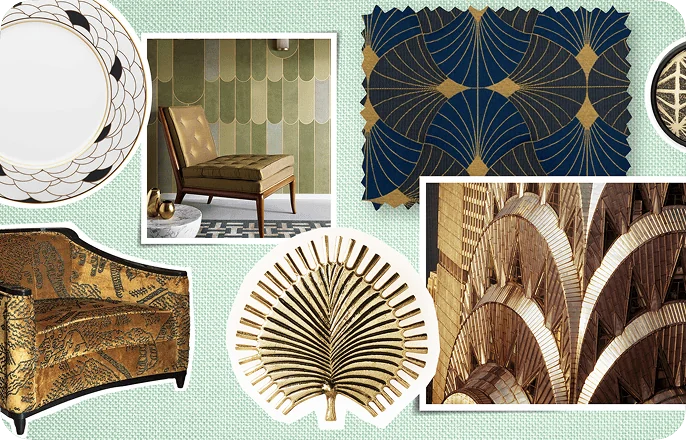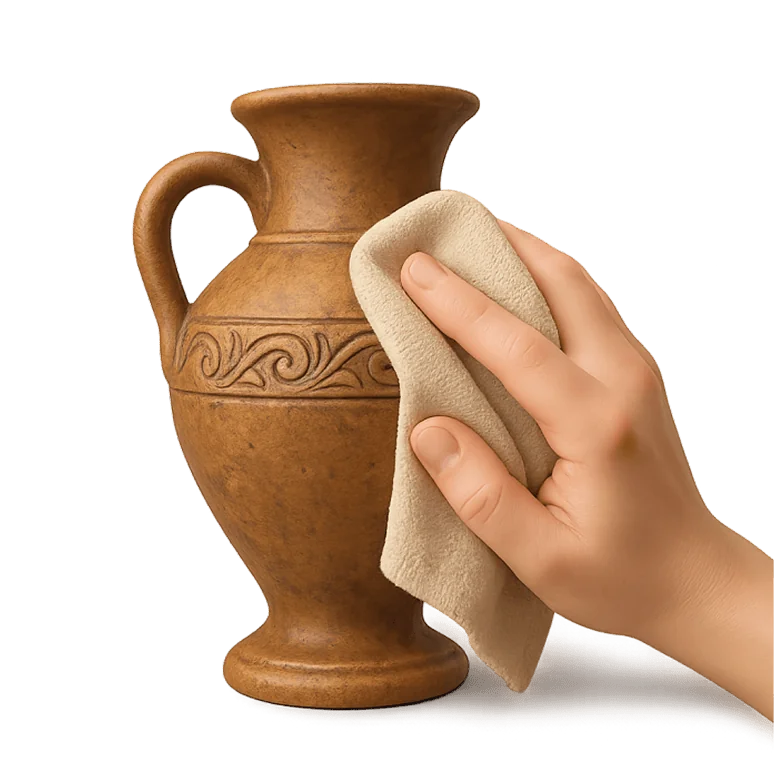
Origins: A Style Born from Optimism
Art Deco first emerged in France in the 1910s, gaining international fame after the i1925 Exposition Internationale des Arts Décoratifs et Industriels Modernesin Paris. It reflected a world excited by progress, modernity, and luxury.
It drew influence from Cubism, ancient Egypt, and industrial design — a fascinating blend of the old and the futuristic.
Key Features of Art Deco Pieces
Whether it's a lamp, vase, clock, or chair — Art Deco items are easy to recognize:





Popular Art Deco Antiques
Look out for:
- Furniture: Sleek, low-profile wood with rich veneers
- Clocks: Chrome and glass designs, often with sharp angles
- Lamps: Iconic "Skyscraper" lamps and frosted glass
- Mirrors: Sunburst and fan-shaped frames
- Glassware: Etched and frosted pieces from makers like Lalique

Why Collectors Love Art Deco
Art Deco blends beauty with craftsmanship, making it a top choice for collectors and interior designers alike. The demand remains strong, especially for original 1920s–30s pieces in good condition.
Bonus:Items like Bakelite radios or cocktail cabinets often sell for hundreds — sometimes thousands — at auction.Spotting Art Deco with Zophi
Found something with bold geometry and vintage glam?
Scan it with Zophi — it could be a stunning Art Deco collectible!










